Mild winter could mean worse algal blooms
1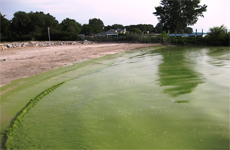 Harmful algal blooms usually occur in late summer when water is warm and the weather is calm. But this winter’s mild temperatures mean that lakes are warming up more quickly than usual. That’s bad news for water quality in the Great Lakes and especially in Lake Erie, which had huge blooms in 2011. The blooms in 2011 were the largest ever recorded and visible from space.
Harmful algal blooms usually occur in late summer when water is warm and the weather is calm. But this winter’s mild temperatures mean that lakes are warming up more quickly than usual. That’s bad news for water quality in the Great Lakes and especially in Lake Erie, which had huge blooms in 2011. The blooms in 2011 were the largest ever recorded and visible from space.
Mild winter temperatures and a warm spring may mean that blooms that normally occur in August and September might begin in May, June, and July. However, spring rainfall will likely play an important role in bloom development. Heavy rains can flush fertilizers from farm fields into the lake, contributing nutrients to stimulate bloom development. Currently, it is too early to say definitively what the summer months will bring, but if the past is any indication, it may be a bad year for blooms.




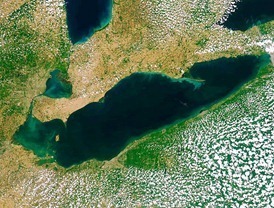
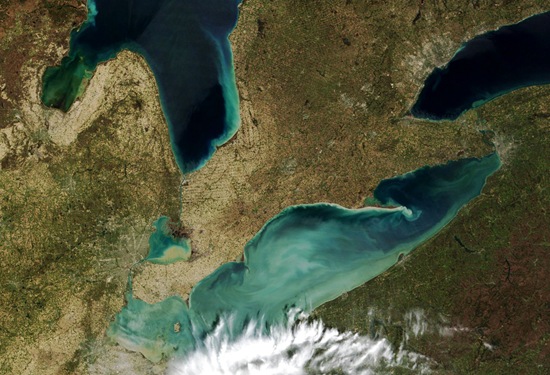
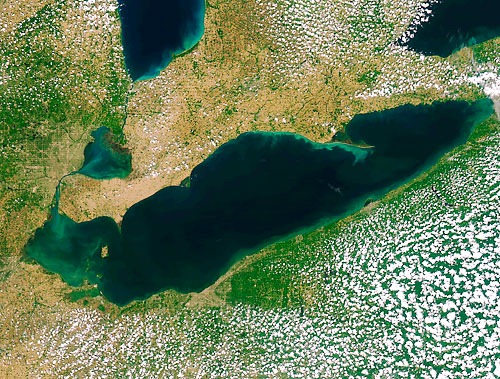
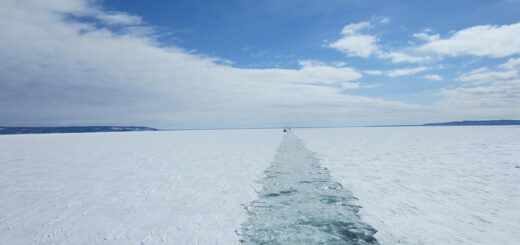


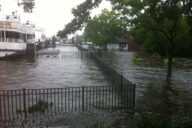



[…] http://www.lakescientist.com/2012/mild-winter-could-mean-worse-algal-blooms Share this:TwitterFacebookLike this:LikeBe the first to like this post. Posted in: 2012 Assignment 3 | Tagged: Great Lakes […]